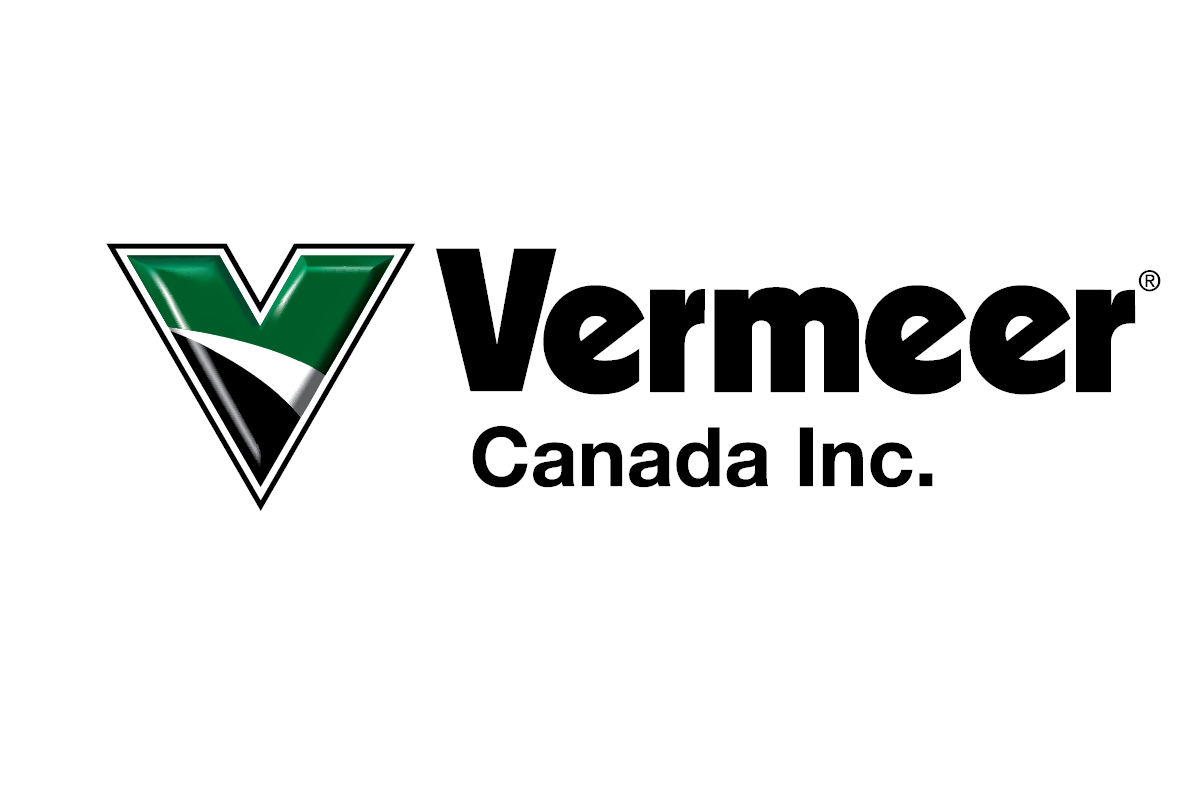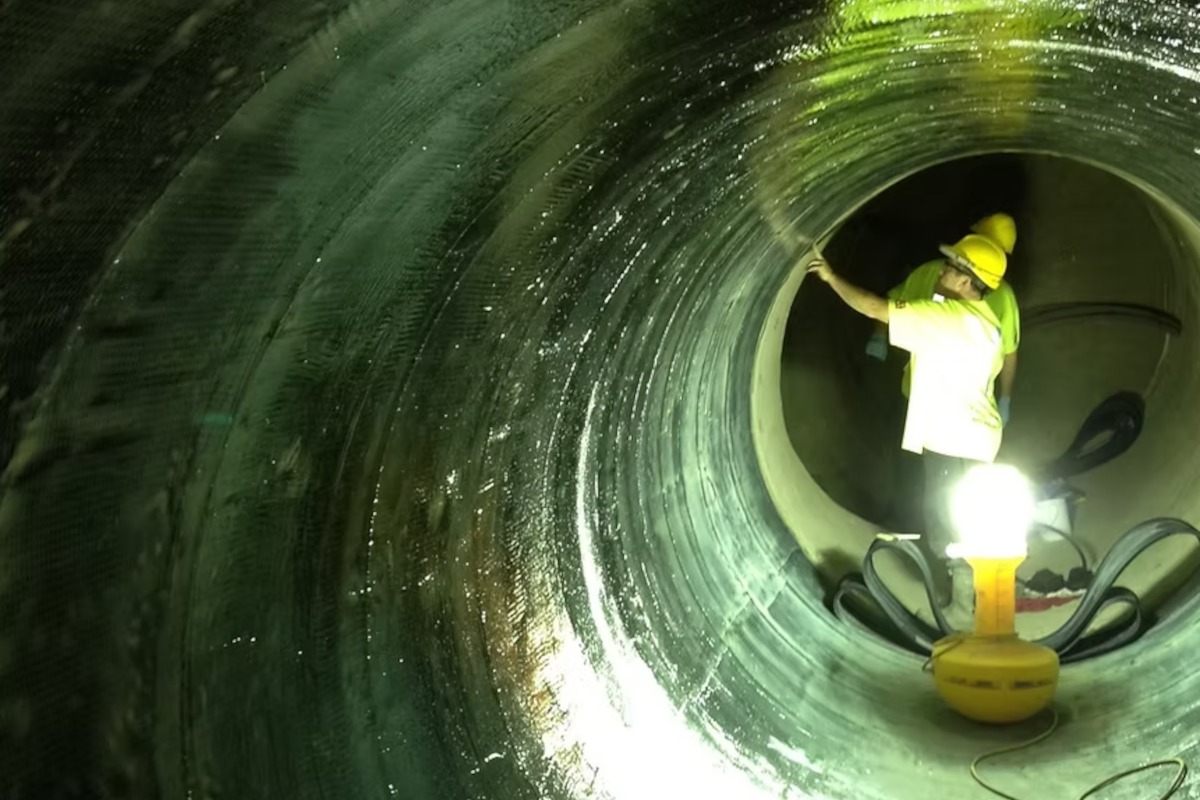
Pipe Cleaning Contractor Profile: Capital Sewer Services
The Vaughan, Ontario, Canada-based contractor has offered both inspection and cleaning since its inception in 1998 and added cured-in-place pipe (CIPP) relining services shortly thereafter. It was an acquisition of American Water, a sewer services company, in 2006 really allowed both divisions to flourish.
“The CCTV and cleaning division supported the lining division and with an acquisition in 2006, Capital Sewer Services took on the additional flushing and TV contracts,” says Ryan Maloney, CCTV and cleaning operations manager. “From there, cleaning and CCTV became a separate division working alongside the lining division.”
RELATED: Canada’s Largest City Takes Its Greenness Underground
The company’s two main clients at that time were the City of Toronto and the Region of Peel and with the acquisition, Capital Sewer Services could now better control the preparation works for lining projects, allowing the lining operations an opportunity to increase its efficiencies and grow.
“The amount of work that we have taken on, and been able to pursue, has increased with the market, as there is wider acceptance of CIPP and as more and more lines are being effected through the cities,” says Brian Ratchford, COO of Capital Sewer Services. “In the last four to five years, the budgets have increased considerably and we have worked everywhere from British Columbia to New Brunswick. In the course of the last few years, because of the increase in the amount of work, we have been focusing our efforts to concentrate our work in the Greater Toronto Area. The budgets are there to support it and it gives us greater opportunities to realize the efficiencies of the companies.”
Today, the sewer cleaning and inspection division has 70 employees and completes, on average, 745 miles of cleaning and inspections a year. Handling the bulk of that work is a fleet of 10 Vactor 2100 combination sewer cleaners – with two Vactor 2100i systems on order – and CUES inspection equipment. The company also has a handful of other cleaning trucks that it is in the process of phasing out of its fleet, as well as some one-off pieces of inspection equipment.
“In the last decade, I would say the condition of the systems we clean have stayed the same. What we have noticed is that municipalities are focusing more on their trunk sewers which for years have been kind of ignored,” Maloney says. In terms of the condition and contents of the sewers, he adds, “There are certain areas known for more calcite, known for more grease but for the most part the sewers in Ontario have many of the same issues.”
RELATED: Providing Solutions: Joe Johnson Equipment Is Committed to Customer, Supplier and Employee Success
Where Maloney has witnessed the biggest hurdles is in the areas of water consumption and disposal. Disposal sites have filled and shutdown, this prompted Capital Sewer Services to purchase a location in Hamilton and have it permitted to accept the debris.
When it comes to water, fewer cities are allowing crews to tie-in at hydrants for water or, if they are, the process requires permits that slows down production. This is another area where having a lining division helps on the sewer cleaning end of the business. In some instances, the sewer cleaning crews can use the water tankers from the lining division. If that is not possible, they will double tank the Vactors – that is they carry water in both the reservoir and the debris tanks to the site.
“On the flushing side, there has not been a whole lot of change in how we go about completing our daily work. Manufacturers have made some things easier to use by making things computer controlled,” Maloney says. “Newly designed jet heads and reamers use a lot less water while maintain the same pressures and rotation. This has been done in reaction to the lack of water everywhere.”
Maloney praises the computer controls on the Vactors noting that today the technicians can log into the system and diagnose what is wrong. In the past there might be a day just to diagnose an issue resulting in prolonged downtime. The computer controls also make it easier for new operators to learn the equipment, a plus in an industry where workforce issues are a concern.
Equipment uptime is important and Capital Sewer Services completes most of the maintenance work on its own. It relies on its dealer – Joe Johnson Equipment – for bigger repairs and service consultations.
RELATED: Product Spotlight: Vactor Introduces RDB 1015 Rapid Deployment Boom
“Our relationship with Joe Johnson Equipment has been great and it is one of the reasons we are switching to Vactors. We have had less expensive offers [to purchase] competitive equipment in the past but it’s Joe Johnson Equipment’s service, it is next to none locally,” Maloney says. “They stop by about once a week to show us the latest equipment and encourage us to demo it and then they take our findings back and push the manufacturer for answers or push to get things adjusted. They also train our crews on new equipment, which happens about once a year.”
Where Maloney has witnessed the greatest technological advances is in the area of video inspection. Camera resolutions have increased and data collection streamlined. He and his crews can now quickly communicate findings to clients.
“It is important to incorporate these new technologies, most importantly stay competitive and then also to offer municipalities and customers the latest technologies,” Maloney says. “Ultimately it saves them money and gives us more work.”
Mike Kezdi is associate editor of Trenchless Technology.





